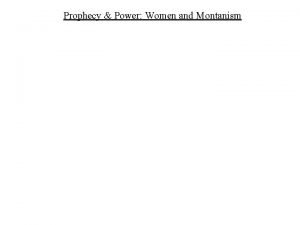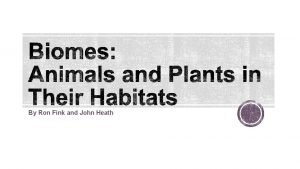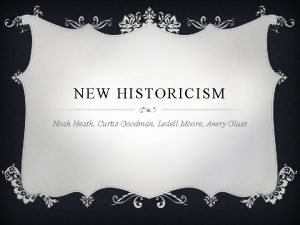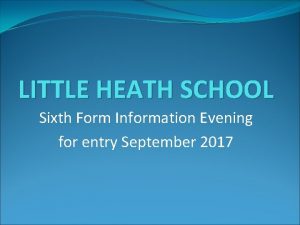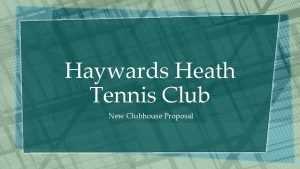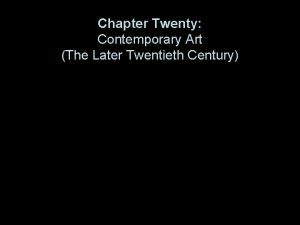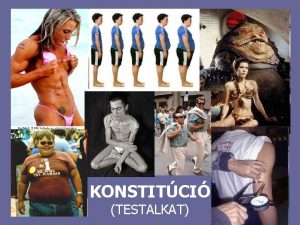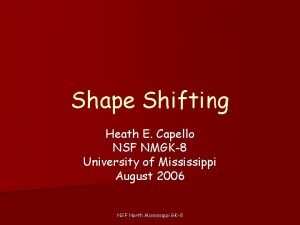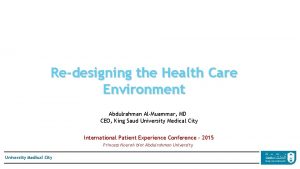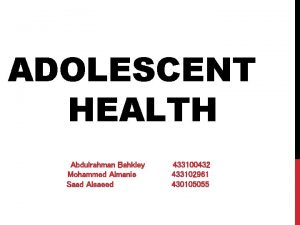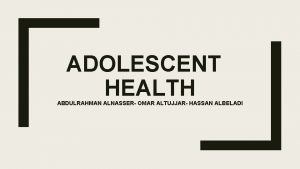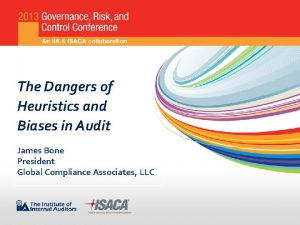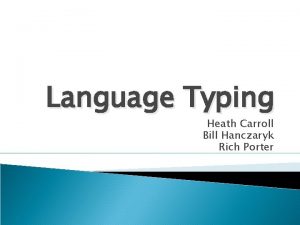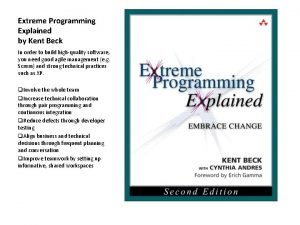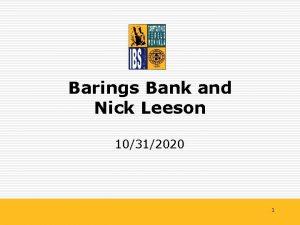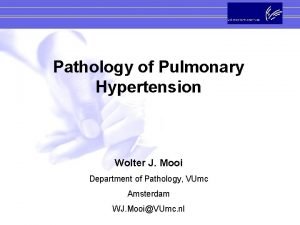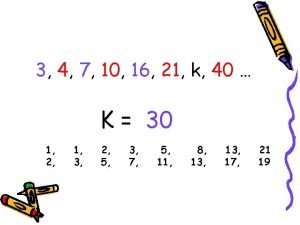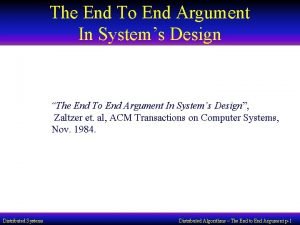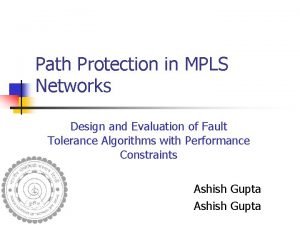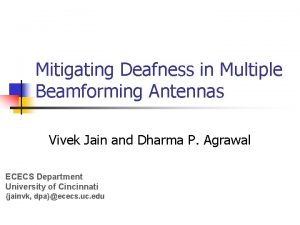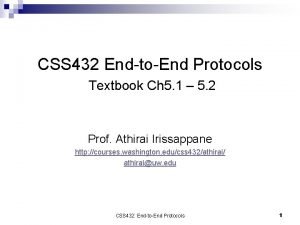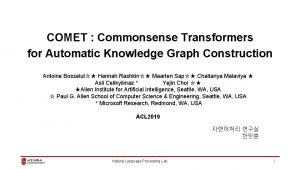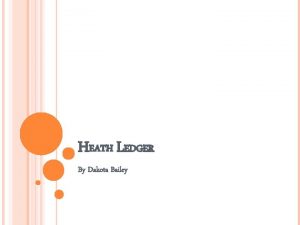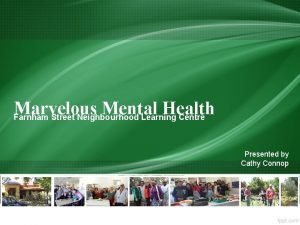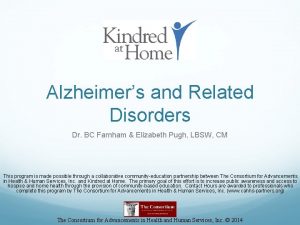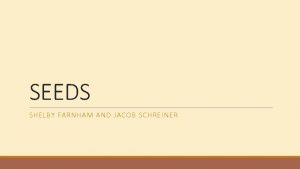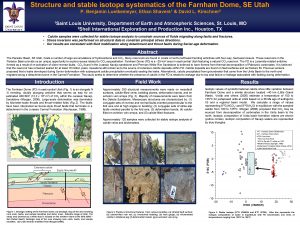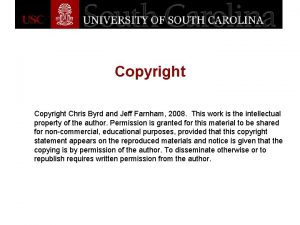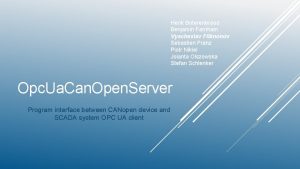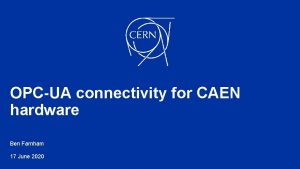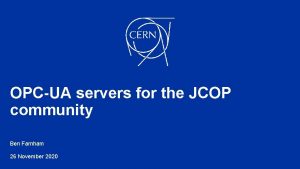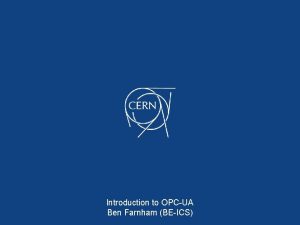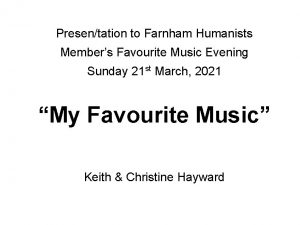TEACHING AND LEARNING VISION Farnham Heath End School











































- Slides: 43

TEACHING AND LEARNING VISION Farnham Heath End School May 2018

THE VISION § The vision for teaching and learning at FHES is to become evidence- informed in all that we do and to constantly learn and reflect to become even more effective. The rationale: 1. To put student learning at the centre of everything we do in the classroom 2. To re-professionalise the profession 3. To see ourselves as continual learners, striving to be even more effective 4. To work more effectively to reduce staff workload

HOW? § To engage with research and to continually learn and become more effective takes time, precious time. § There is a problem though. A large number of research papers are published every year covering a dizzying variety of topics. How is a busy teacher expected to even access this evidence, let alone use it to improve their practice? § 1, 500 since 2000 just on metacognition alone!

WHAT ARE WE DOING AT FHES TO ENGAGE WITH RESEARCH? § Engaging with local research school – Durrington High School § Providing time for teachers to plan for great teaching in SPDS instead of route path CPD § Reducing staff workload around marking to provide time to engage with continual learning § Providing a T&L coach for every member of staff next year – focusing on evidenceinformed strategies to improve classroom practice. § *Potentially investing in i. RISConnect – to self-reflect on our teaching through video technology – sharing effective practice § Providing a T&L hub with access to research articles and blog of the week posts § CPD library in the staffroom with up to date and relevant educational literature § Encouraging staff to attend Research. Ed events to listen to teachers that are involved in evidence-informed approaches as well as training events at DHS. § Starting a journal club to discuss relevant research once per HT § Cross WMAT T&L policy and subject collaboration, once per HT in 2018/19

WHAT ARE THE STRATEGIES TO IMPLEMENT THIS VISION? CPD – SPDS § Subject-led planning and development sessions every fortnight. § Looking at the next two weeks and making teaching consistent and great. § Sole focus is T&L – no admin § To be the expert in the classroom, subject knowledge has to be at the forefront of one's CPD to ensure that teachers are experts.


WHAT ARE THE STRATEGIES TO IMPLEMENT THIS VISION? Knowledge retrieval practice § Re-visiting knowledge that has been learnt over time, just when the learning may start to be forgotten, re-enforcing the learning and committing this to long-term memory. § Spacing and interleaving content § Last lesson, last topic, last month, last year etc § Preparing students for the amount of knowledge and the foundation for further future learning




WHAT ARE THE STRATEGIES TO IMPLEMENT THIS VISION? Knowledge Organisers § The key knowledge/content required for each unit/topic studied, condensed or summarised for students onto one document. § Students self-quiz and self-assess their ability to recall knowledge and learn content over time. § HWK strategy for 2018 -19 for Y 7 -11 – to work alongside KRP. § How do they work?



WHAT ARE THE STRATEGIES TO IMPLEMENT THIS VISION? Drop-in cards § Key characteristics that produce effective learning for students § § as per 'What makes great teaching? ' - Sutton Trust Consistency within departments and across the school for students’ benefit Informing continual development and areas to share as successes and areas to work on as individuals, departments and at a school level. Long term plan – all staff to feel as so they can pop-in and complete these at any time in any classroom – reflective Open-door policy

WHAT ARE THE STRATEGIES TO IMPLEMENT THIS VISION? Video Self-reflection* § Investment in video technology – i. RIS Connect § Ability to reflect on lessons videoed, privately and with learning coaches § Sharing effective practice § Live coaching § Reflective conversations - triads/groups

WHAT ARE THE STRATEGIES TO IMPLEMENT THIS VISION? PM – continual learning strand – commitment to this § Self-reflection on areas each member of staff wants to develop § 'Go to learn' lesson visits § Coaching sessions to discuss, reflect and learn § Staff asking to be visited to show the work being done – research approach?

- Do you feel the coaching programme has improved you as a teacher and how? Yes. One of the greatest improvements I think was in accepting that the process was not challenging my teaching but showing me that, with a few changes in focus, I could reflect more and use this reflection to improve my classroom practice. - Do you have more confidence as a teacher from the coaching programme and why? Yes. One of the most difficult aspects for teachers to accept is that in order to progress then some supportive feedback is inevitably necessary. However, when the process is collaborative, it allows for progression and feedback to be of more value to both coach and coachee. In my case this was a really productive process and my confidence was definitely improved. - What areas of your teaching practice have improved through the coaching programme? One of the areas I feel that has improved is greater classroom awareness. Even though, as teachers, we do think that we know our teaching environment but an extra pair of eyes can reveal even very small tweaks which benefit all (students, teacher and coach. ) - Why would you recommend the coaching programme to others? Wholeheartedly yes. Pairing coach and coachee does need to be carefully thought about but when this works it really works well. Even though, in my case, my coach was newer to the profession and in a very different discipline the pairing was supportive and productive. Teachers who sign up for coaching do need to realise that this is in no way judgemental (and some do become defensive when they feel that their skill as a teacher could be in some way devalued), but a way of moving forward in a way that will benefit all.

WHAT ARE THE STRATEGIES TO IMPLEMENT THIS VISION? Department Assessment and Feedback Policies § Movement away from marking and towards feedback ('A marked § § § improvement' – EEF) Individual departments have the ownership of their policy rather than a top-down approach A need to really understand the difference between formative assessment and summative assessment (responsive teaching) Feedback more effective and workload reduced Visualisers and whole-class feedback Written comments. .

EFFECTIVE FEEDBACK - Should be more work for the student than the teacher - Students should always be acting upon the feedback to inform learning - Feedback should be informative for the teacher and the student What does formative assessment look like? - Whole-class feedback - Pose questions - Live feedback - Model answers – peer and self-assessment





WHAT ARE THE CURRENT AREAS TO WORK ON? Teaching is fundamentally simple, yet we have managed to overcomplicate it. What overcomplicates teaching? - Doing things for Ofsted - Doing things for parents - Doing things for SLT - Poor behaviour management - Inconsistent expectations - Lack of routines - Engaging with fads

WHAT ARE THE CURRENT AREAS TO WORK ON? Teaching is fundamentally simple, yet we have managed to overcomplicate it. 1. Recap 2. Input 3. Apply 4. Test How we make these stages work most effectively for the students that we teach is the exciting bit.


• Embed strong routines and high expectations and stick to them – you accept what you ignore. - Meet and great at the door - Do it now task on the board with simple instructions - Insist on silence, pens down and eyes on the speaker when you or a student is talking - Check the clarity of your instruction - Exit strategies – where are the students going next? How have you let the students leave?


WHAT ARE THE CURRENT AREAS TO WORK ON? Teaching is fundamentally simple, yet we have managed to overcomplicate it. § Plan for learning, not an activity - 'Memory is the residue of thought' - Daniel Willingham - Students engage in the rich and deep understanding of content. - Don't be dictated to by lesson lengths and term lengths - Don't move on until it is learnt – hinge points/questions

MAKING EVERY LESSON COUNT

WHAT ARE THE CURRENT AREAS TO WORK ON? Teaching is fundamentally simple, yet we have managed to overcomplicate it. § Great explanation needs great planning - know your stuff (be the expert) - prepare (have notes) - teacher talk (question and model) - avoid distraction (stop at any point where distractions occur) - support working memory – reduce cognitive load and use dual coding - use anecdotes

WHAT ARE THE CURRENT AREAS TO WORK ON? Teaching is fundamentally simple, yet we have managed to overcomplicate it. § Plan for misconceptions - MCQs that bring out misconceptions - Tease out misconceptions by leading students towards them as the expert - Plenaries – too late. . .






WHAT ARE THE CURRENT AREAS TO WORK ON? Teaching is fundamentally simple, yet we have managed to overcomplicate it. § Model everything – reduces cognitive load - Students like to know what to do and how to do it - concrete - Model your thinking as the expert - Model the steps to take - What is expected? - What does a great one look like?

WHAT ARE THE CURRENT AREAS TO WORK ON? Teaching is fundamentally simple, yet we have managed to overcomplicate it. § Teach up and support down - Scaffold and support students to reach the challenging work/content – don’t set ceilings. - Change our language – not have you done it/completed it, but have you learnt it? Is it excellent yet?


WHAT ARE THE CURRENT AREAS TO WORK ON? Teaching is fundamentally simple, yet we have managed to overcomplicate it. § Questioning for all - Don't lock students out of questions – be aware of different levels of prior knowledge. - Don't let students dominate - Use names at the end of questions (cold calling) - Avoid - 'do we all understand that' and 'are we happy with that' - Check clarity of instruction through questioning - Build participation ratio through questioning - think/pair/share

QUESTIONS § 1. Which well-known pair live at 62 West Wallaby Street, Wigan? § 2. What is England's largest landlocked county? § 3. Who was Henry VIII's wife at the time of his death? § 4. Played by rapper Method Man, Cheese Wagstaff was the last on-screen character to die in which drama series? § 5. Boris Becker contested consecutive Wimbledon men’s singles finals in 1988, 1989, and 1990, winning in 1989. Who was his opponent in all three matches?

IMPACT – TO DO LIST 1. Engage with and read the blog of the week, discuss with colleagues 2. Suggest blogs/journal articles that you come across 3. Engage with the CPD library and ask for suggestions. 4. Reflect on what you would like to work on, or need to work on, discuss this with those you trust 5. Complete two 'go to learn' lesson visits prior to the end of the summer term. Send copies to your HOD. 6. Engage with the planning of the new feedback policy in your department, and how to make the SPDS effective. 7. Engage with the drop-in cards and see them as a way to continually reflect and learn 8. Consistently strive to achieve to meet all the characteristics on the drop-in card in every lesson to support your students 9. Engage in designing knowledge organisers for your department. 10. Buy-in – talk positively about what we are trying to achieve – suggest improvements positively – put students at the centre of what you are doing.
 Heath end school
Heath end school Nhs north east hampshire and farnham ccg
Nhs north east hampshire and farnham ccg Farnham vineyard
Farnham vineyard Reading for pleasure and progress
Reading for pleasure and progress Ron fink and john heath
Ron fink and john heath Microteaching cycle
Microteaching cycle Cuadro comparativo e-learning m-learning b-learning
Cuadro comparativo e-learning m-learning b-learning Front end of a compiler
Front end of a compiler Back end of compiler
Back end of compiler Crossley heath term dates
Crossley heath term dates Heath bar shake
Heath bar shake Noah heath
Noah heath Little heath sixth form
Little heath sixth form Haywards heath tennis
Haywards heath tennis Performance art
Performance art Death of heath ledger
Death of heath ledger Helene heath
Helene heath Piknikus alkat
Piknikus alkat Capello clo
Capello clo Heath abdulrahman
Heath abdulrahman Heath abdulrahman
Heath abdulrahman Heath abdulrahman
Heath abdulrahman Storm scene in king lear
Storm scene in king lear Switch heath
Switch heath Heath carroll
Heath carroll Switch heath
Switch heath Heath dpir
Heath dpir Nick leeson barings bank
Nick leeson barings bank Heath edwards classification
Heath edwards classification Heath consultants
Heath consultants Heath ledger bio
Heath ledger bio Flynn heath holt
Flynn heath holt Julie majewski
Julie majewski Human vision vs computer vision
Human vision vs computer vision Cardiac output
Cardiac output Stroke volume
Stroke volume Kolondivertikulose definition
Kolondivertikulose definition Yichao zhou
Yichao zhou End to end argument in system design
End to end argument in system design End to end accounting life cycle tasks
End to end accounting life cycle tasks End to end delay
End to end delay End to end delay
End to end delay End to end
End to end Comet commonsense
Comet commonsense


